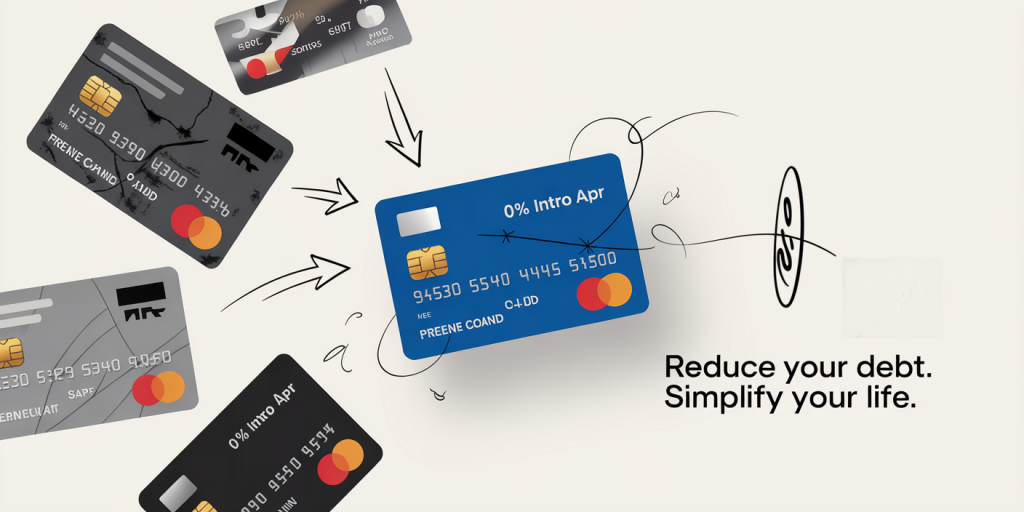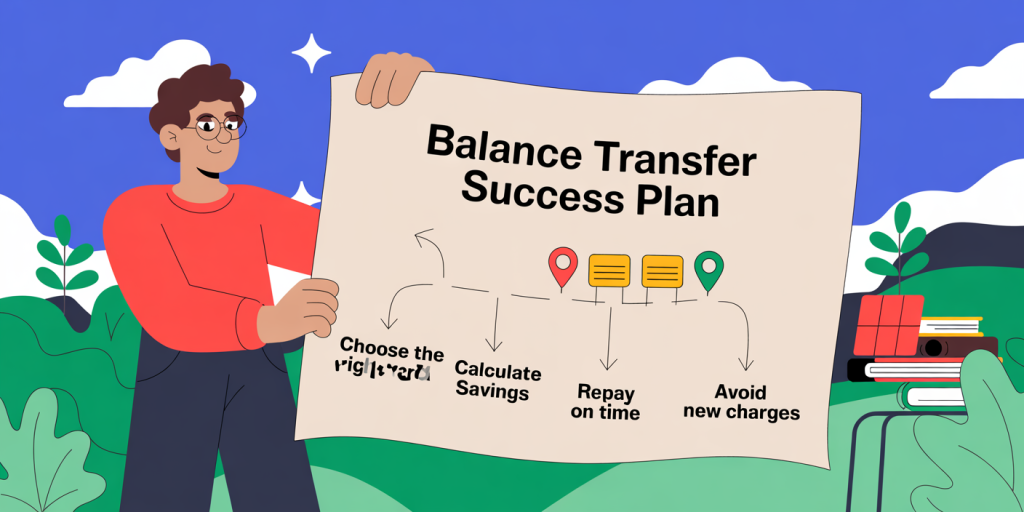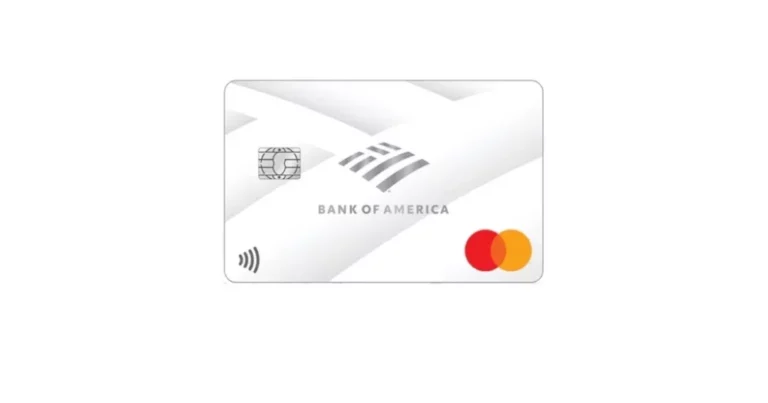What Is a Balance Transfer Credit Card and How Does It Work?
Anúncios
Balance Transfer Credit Cards: A Strategic Tool for Managing Debt
A Balance Transfer Credit Card has become a widely used financial solution in the United States, particularly for individuals seeking to manage or eliminate high-interest credit card debt. With credit card APRs often ranging from 18% to 29%, transferring your balance to a card offering a 0% introductory rate can significantly lower your interest burden—if you have a clear repayment plan and the discipline to stick with it.
When used wisely, balance transfer cards can help you regain control of your finances, save money on interest, and speed up the debt repayment process. But like all financial tools, they must be used carefully to avoid unintended consequences.
What Exactly Is a Balance Transfer Credit Card?

Anúncios
A balance transfer credit card is a type of credit card that enables you to move existing balances from one or more credit cards onto a new card—typically one that offers a promotional interest rate (often 0%) for a limited time.
This promotional period usually lasts between 6 and 21 months, depending on the card and your creditworthiness. After that, the standard APR (which can be significantly higher) takes effect.
Anúncios
💡 Example:
Imagine you have $5,000 in credit card debt at a 24% interest rate. If you make only minimum payments, most of that money will go toward interest, not principal. However, if you transfer that $5,000 to a card with 0% APR for 18 months, you could save hundreds of dollars—possibly more—while aggressively paying down your balance.
How Does the Balance Transfer Process Work?
The process is fairly simple and typically follows these steps:
-
Apply for a balance transfer credit card that offers a promotional APR. Look for terms that align with your repayment ability (e.g., duration of 0% APR, balance transfer fees).
-
Get approved—approval depends on your credit history and income.
-
Initiate the transfer—you’ll need to provide the account numbers and amounts from the existing cards you wish to pay off.
-
The new issuer pays your old balances, consolidating them into one new account.
-
You start repaying the new card, ideally paying off the full balance within the introductory period.
This process can simplify your debt management by consolidating multiple payments into a single monthly obligation—ideally with no interest for a period of time.
Key Benefits of a Balance Transfer Credit Card
Balance transfer cards offer several compelling advantages, especially when you’re focused on debt elimination and interest reduction.
1. Low or 0% Introductory Interest Rate
The biggest appeal of balance transfer cards is the introductory APR—often 0% for 12 to 21 months. During this period:
-
You don’t accrue interest on the transferred amount.
-
Every dollar you pay goes directly toward reducing the principal.
-
You gain breathing room to repay more efficiently.
This window can be a financial reset opportunity if you plan carefully and make consistent payments.
2. Extended Repayment Timeline
These promotional periods give you time to catch up on your debt without added interest. If you’re currently struggling to get ahead on high-interest payments, the 6 to 21-month grace period can provide the relief needed to build momentum in repaying your balance.
💡 Tip:
Divide your total transferred amount by the number of months in the promo period to determine your target monthly payment. Stick to that number to avoid leftover debt when interest kicks in.
3. Easier Debt Management
One of the psychological and practical advantages of consolidation is simplification. Instead of tracking multiple due dates, balances, and minimum payments across various cards, you now deal with one monthly payment.
This reduces the risk of:
-
Missed payments
-
Late fees
-
Overdrafts
-
Financial confusion
And ultimately, it supports better budgeting and organization.
4. Potential Credit Score Boost
If used responsibly, a balance transfer credit card can even help you improve your credit score. Here’s how:
-
Paying down the transferred balance reduces your credit utilization ratio, a key factor in your score.
-
Making on-time payments on the new account adds to your positive payment history.
-
Lower utilization and consistent payments reflect financial responsibility to lenders.
🚨 Caution: Don’t close your old accounts immediately—keeping them open (even with a zero balance) can help maintain a longer credit history and better utilization ratio.
Things to Watch Out For
![]()
Despite their benefits, balance transfer cards come with important caveats. Misunderstanding the terms or using the card recklessly can lead to new problems.
1. Balance Transfer Fees
Most cards charge a fee of 3% to 5% of the amount you transfer. So, for a $5,000 transfer, that’s $150 to $250 added to your debt.
✅ Do the Math:
If the interest you’ll save exceeds the fee, the transfer may still be worth it. Some cards even offer no transfer fee promotions, though they may have shorter intro APR periods.
2. High Interest After the Intro Period
Once the promotional period ends, the card’s regular interest rate applies—often 20% or more. If you haven’t paid off the entire transferred balance, you’ll start accruing interest on whatever remains.
⚠️ Be Prepared:
Have a repayment plan in place that clears the full balance before the 0% window closes.
3. Temptation to Spend
After transferring your debt, your original cards may show a zero balance. This can be tempting—you may feel like you’ve made space to spend again.
But using those cards before you’ve paid off your transferred balance can lead to more total debt, defeating the entire purpose of the transfer.
🛑 Avoid This Trap:
Leave your old cards open, but store them somewhere safe to avoid impulsive use.
4. Credit Approval Requirements
Not everyone qualifies for the best balance transfer cards. These products are typically reserved for borrowers with good to excellent credit.
If your score is below 670, you may:
-
Be denied approval
-
Receive a shorter promo period
-
Be offered a higher regular APR after the intro window
-
Have a lower credit limit than needed
Check your credit report beforehand and consider improving your score before applying if needed.
Is a Balance Transfer Card Right for You?
A balance transfer credit card can be an extremely effective debt reduction tool, but only under the right conditions.
✅ It May Be a Good Option If:
-
You have high-interest credit card debt you can’t pay off quickly.
-
You have a plan to pay off the transferred balance within the promo window.
-
You’re confident you can avoid new charges on the card.
-
You can afford the transfer fee and monthly payments.
❌ It May Not Be Ideal If:
-
You’re prone to impulsive spending or using credit to cover non-essential expenses.
-
You can’t repay the balance before interest resumes.
-
You don’t qualify for a favorable balance transfer offer.
Balance transfer cards are best viewed as a strategic tool—not a long-term solution to ongoing debt problems. If overspending is the core issue, focus first on budgeting and behavioral change.
Final Thoughts

Balance transfer credit cards can be a powerful ally in your journey toward financial freedom—if used with discipline and a clear plan. They offer a chance to reduce interest payments, simplify repayment, and build momentum toward becoming debt-free.
Before applying:
-
Research and compare multiple card offers (intro APR, duration, fees, regular APR).
-
Calculate whether the savings outweigh the costs.
-
Commit to a repayment schedule that eliminates the debt within the promo period.
-
Avoid using the card for new purchases unless you’ve fully paid off your balance.
With the right mindset and approach, a balance transfer card can be more than just a temporary fix—it can be the beginning of a smarter, more sustainable financial path.

Post Comment